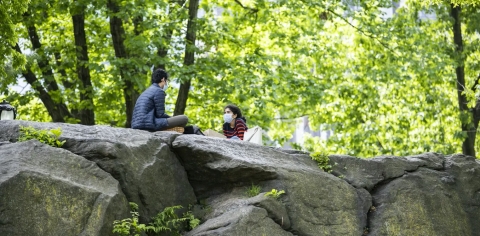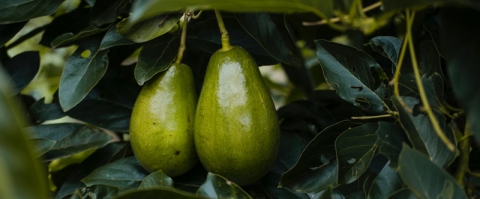Twitter posts show that people are profoundly sad – and are visiting parks to cheer up
Joe Roman, University of Vermont and Taylor Ricketts, University of Vermont
The COVID-19 pandemic in the United States is the deepest and longest period of malaise in a dozen years. Our colleagues at the University of Vermont have concluded this by analyzing posts on Twitter. The Vermont Complex Systems Center studies 50 million tweets a day, scoring the “happiness” of people’s words to monitor the national mood. That mood today is at its lowest point since 2008 when they started this project.
- Published in ART & LIFE
- 0






